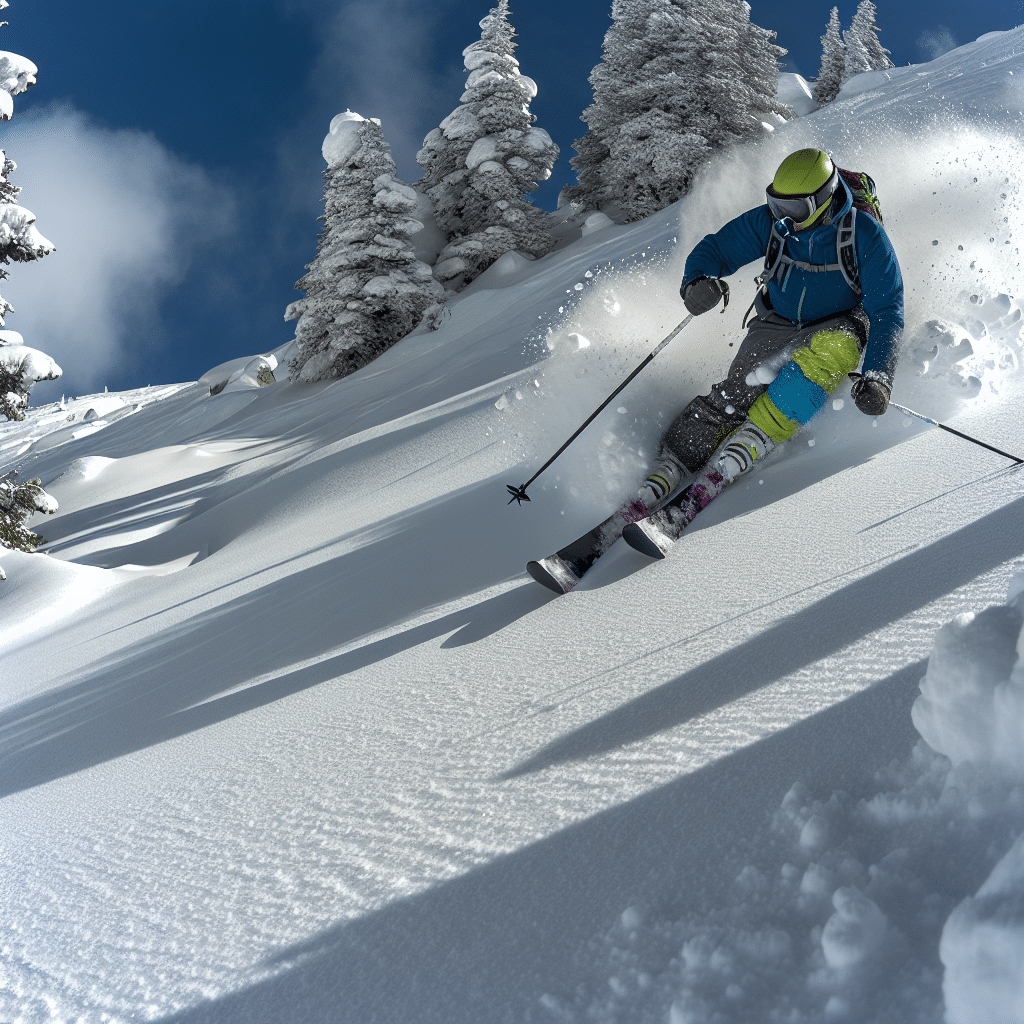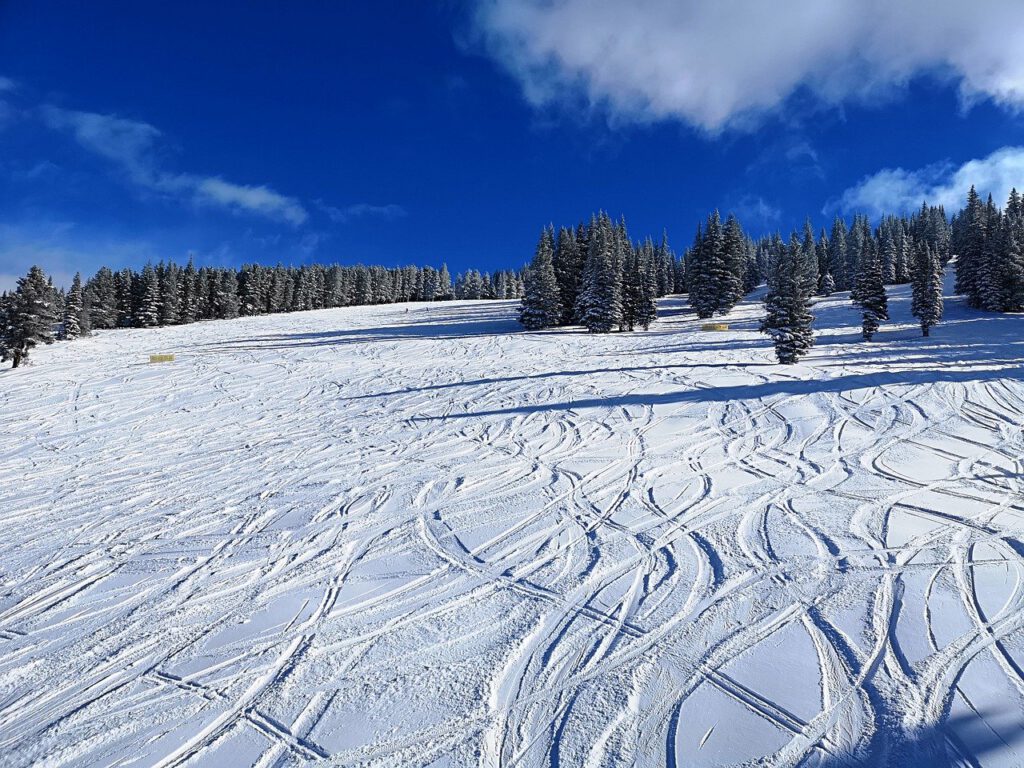Snowshoeing is a fantastic way to enjoy the winter landscape, but your experience can be dampened quite literally if you don’t have the right gear. The primary piece of gear you need to focus on is your boots. In this article, we’ll explore what kind of boots to wear snowshoeing to ensure your adventure is comfortable, warm, and enjoyable.
Why Are the Right Boots Essential for Snowshoeing?
When you’re out snowshoeing, your feet are the primary point of contact with the snow, making it crucial to have the right boots. Not only do they need to keep your feet warm, but they also need to provide good support and stability. The wrong boots can lead to cold toes, blisters, and a generally unpleasant experience.
What Type of Boots to Wear Snowshoeing? Exploring Your Options
Insulated Winter Boots
For many, insulated winter boots are the go-to choice. They are specifically designed to keep your feet warm in freezing temperatures. When choosing insulated boots, look for ones with a temperature rating suitable for the conditions you’ll be facing. Also, make sure they are waterproof to keep your feet dry.
Hiking Boots
Some snowshoers prefer to wear sturdy hiking boots. While not specifically designed for snow, high-quality hiking boots can perform well when paired with thick socks and waterproof gaiters. These boots are excellent for providing ankle support and are often more comfortable for long treks due to their lighter weight.
Mountaineering Boots
For those venturing into more extreme conditions or mountainous terrain, mountaineering boots can be a wise choice. These boots are incredibly durable, offer excellent ankle support, and are designed to handle harsh conditions. They’re often insulated and waterproof, making them a versatile option for snowshoeing in challenging environments.
What Features Should You Look for in Snowshoeing Boots?
Waterproofing
Whether you’re trudging through fresh powder or wet snow, keeping your feet dry is essential. Look for boots made from waterproof materials or those featuring a waterproof membrane.
Insulation
Insulation is crucial for keeping your feet warm. Materials like Thinsulate or Gore-Tex Insulated Comfort are good indicators of quality insulation. Pay attention to the insulation rating to ensure it meets your needs.
Ankle Support
Snowshoeing involves a lot of lateral movement, making ankle support critical to avoid injuries. Boots with good ankle support will help keep you stable, especially on uneven terrain.
Comfort and Fit
Lastly, comfort and fit cannot be overstated. Make sure to try on your boots with the socks you plan to wear and spend some time walking around in them. Your boots should be snug but not tight, and they should not cause any pressure points.
Ways to Optimize Your Snowshoeing Experience
Pairing with Gaiters
Gaiters can be an excellent addition to your snowshoeing gear. They fit over your boots and lower legs to keep snow out, providing an extra layer of warmth and dryness.
Using the Right Socks
Investing in high-quality, moisture-wicking socks can make a world of difference. Merino wool socks are a popular choice for their warmth and moisture management properties.
Boot Maintenance
Finally, take care of your boots. Clean them after each use, dry them thoroughly, and apply waterproofing treatments as needed to prolong their lifespan.
Choosing what kind of boots to wear snowshoeing can affect your overall experience. By focusing on waterproofing, insulation, ankle support, and comfort, you’ll be well-prepared for a fantastic winter adventure. Happy snowshoeing!




